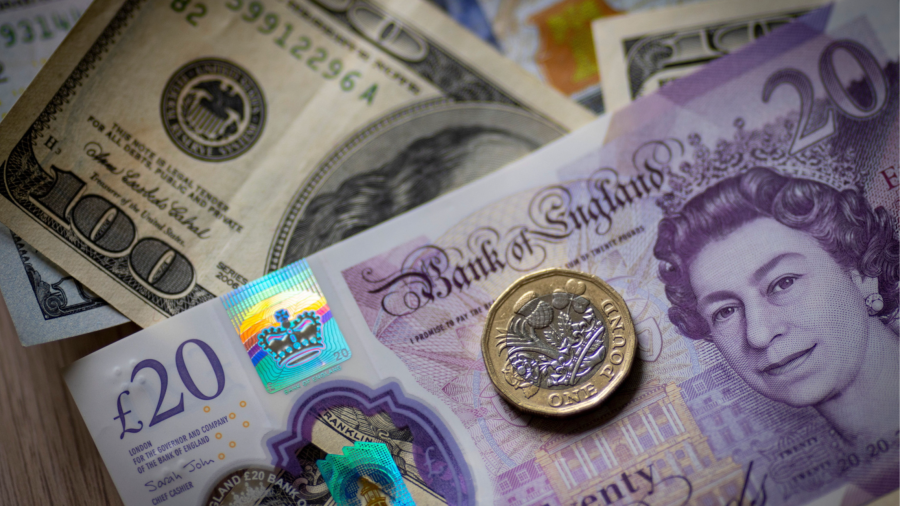
The pound rose on Tuesday following the previous day’s plunge to an all-time low, which prompted the Bank of England and UK Treasury to try to calm rattled markets.
Sterling was up 0.6 per cent at $1.075 in afternoon trading in London, having tumbled almost 5 per cent against the dollar just a day earlier to a record low of $1.035 after UK chancellor Kwasi Kwarteng reiterated his commitment to tax-cutting plans following last week’s fiscal statement.
Kwarteng on Monday attempted to calm markets with a statement promising to accelerate the development of a strategy to bring UK debt under control. The pound initially resumed its decline following the chancellor’s comments, before bouncing back on Tuesday.
Despite those gains, sterling remains close to its lowest levels since 1985.
The BoE also sought to address the chaos in markets, saying it would “not hesitate to change interest rates” to rein in inflation, but stopped short of an emergency interest rate increase to prop up the currency.
The rise on Tuesday still left the pound down about 20 per cent against the dollar in 2022, putting it in contention for the worst performer among G10 currencies this year, running neck and neck with Japan’s yen.
Tuesday’s recovery suggested “the extreme cheapening of UK assets over the past couple of sessions is attracting some interest”, said Jane Foley, head of currency strategy at Rabobank. “That said, the causes of the sell-off in both gilts and in [sterling] have not been addressed and this suggests that the pound remains an extremely vulnerable currency.”
Analysts said global investors were focused on the dent to the UK’s credibility delivered by the government’s new fiscal policy, announced on Friday, which would combine £45bn of tax cuts with a huge wave of new borrowing.
“There is still no clear sign that the source of the problem — the government’s fiscal strategy — is being reversed or reconsidered,” said Allan Monks, an economist at JPMorgan.
Monks added that, unless Kwarteng delivered a more concrete plan to stabilise the situation, “the BoE will be forced to validate market rate expectations or else risk delivering a dovish disappointment, which ends up raising longer-term inflation expectations”.
UK government debt prices swung on Tuesday after a historic two-day plunge. Two-year gilt yields, which are sensitive to interest rate expectations, dropped 0.08 percentage points to 4.43 per cent, trimming a more pronounced decline earlier in the session.
At the same time, 30-year gilt yields surged 0.29 percentage points to 4.8 per cent — marking a sharp rise from 3.8 per cent before Kwarteng unveiled his huge tax cuts. Bond yields rise as their prices fall. The rise took the long-dated yield to its highest level in 15 years.
Although traders pulled back from bets that the BoE would announce an unexpected rate rise, markets were pricing in a 1.5 percentage point increase from the UK central bank, to 3.75 per cent, in November.
UK high-street banks have also begun pulling mortgage loans in response to rising gilt yields, with mortgage rates expected to rise substantially.
https://news.google.com/__i/rss/rd/articles/CBMiP2h0dHBzOi8vd3d3LmZ0LmNvbS9jb250ZW50L2RmYjcwYmY5LWZkYTQtNDJkYy1hMWVjLWQ3NjdmM2ViNjMzNNIBAA?oc=5
2022-09-27 13:36:33Z
1577357729
Tidak ada komentar:
Posting Komentar